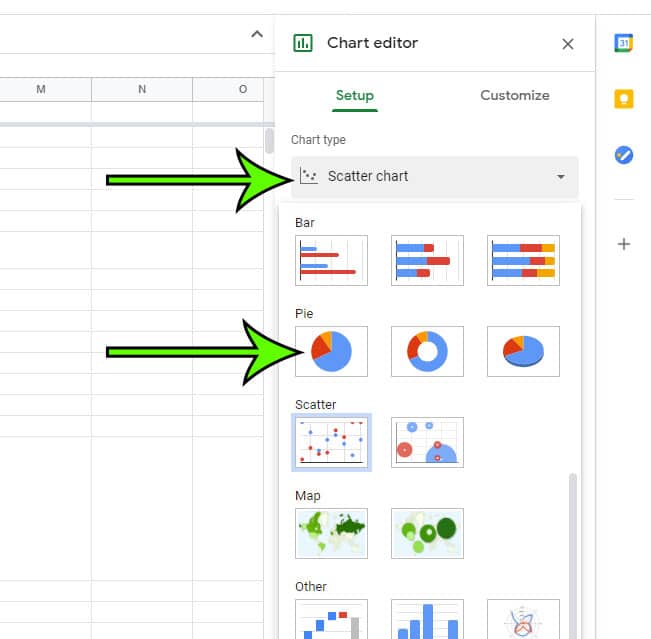
Here is a recap of how to transform data into a chart in the following below: Edit a chart

Each division appears as a line on the graph, with a color of each division in a color legend. In this example, we have charted the sales data for the ABC Manufacturing Company by division: Line chart with the chart editorīecause the data included time, I chose a line chart, which is the most appropriate for visualizing data over time. It appears in the same place the pivot table editor came up - on the right-hand side of the screen. The chart editor will also appear where you will be able to pick the best one for your data and customize it as needed. In Google Sheets, a recommended chart will appear based on the range of data selected. The quick action button is a column bar, sometimes tucked away behind the three dots. To insert a chart into a spreadsheet, click either the quick action button for charts or navigate to Insert > Chart.

Your formula will look something like this: =TRANSPOSE(A1:K7)īut wait - there’s another alternative for simple ranges of data: you can use COPY and PASTE SPECIAL in Google Sheets.īoth of these methods will leave the original data in place - but you already know how to deal with that situation! Play around and see how you get on! Create a chart Select the range or array (the cells) you want to transpose, then close the brackets ‘)’ Select the cell where you want the transposed data to start appearing 💪Īnother simple technique for transposing tall and wide data is to use the TRANSPOSE function. Doing this may require creating a pivot table, which you now know how to do thanks to the previous chapter.

To save time when editing your chart, make sure your data is wide beforehand. Google Sheets and other spreadsheet programs are easier to create if the data is wide as opposed to tall. Here’s a recap of the most common charts and what they work best for:Ĭomparing categories of data to each other.ĭemonstrating an evolution in data over time.Ĭomparing one or several parts of a data set to the whole.ĭemonstrating how much one variable is affected by another. In today’s environment, they are used interchangeably, so don’t be put off if you hear this term. Charts make it easier to see and understand the messages data is sending even more so than a table.


 0 kommentar(er)
0 kommentar(er)
